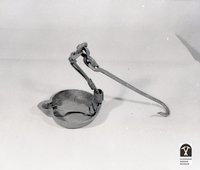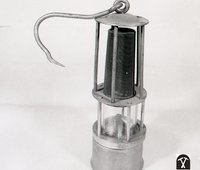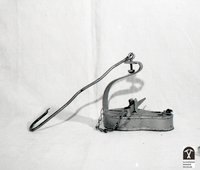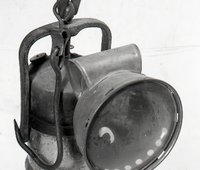Underground workplace lighting is a manifest necessity. The oldest way of obtaining light was the distribution of fire. As they walked, the miners lit themselves with pitch-impregnated softwood resin chips or wooden torches. The really oldest mining lamps were medieval mining burners. They were round or pear-shaped bowls. Animal tallow was used as a filling charge. The most preserved are burners called “mittens”. With the development of metal production, metal lamps began to be produced - copper and iron. At the end of the 17th century, the production of closed burners began. At first, tallow was used to light them, but it was gradually replaced by oil. The end of the 19th century brought a significant change in lighting. The discovery of calcium carbide and the formation of flammable acetylene during its hydrolysis was the cause of the emergence of a new type of lamps. An important goal in mine lighting was the invention of the safety lamp. In an environment where gas explosions (methane) threatened, the open flame of a lamp was a frequent cause of accidents. The use of these lamps is primarily associated with coal mining.





